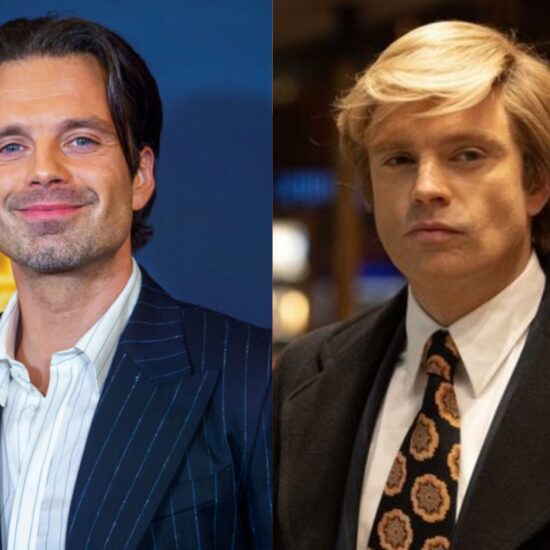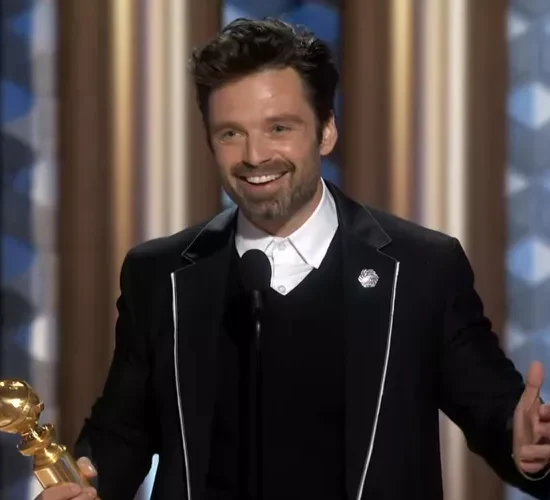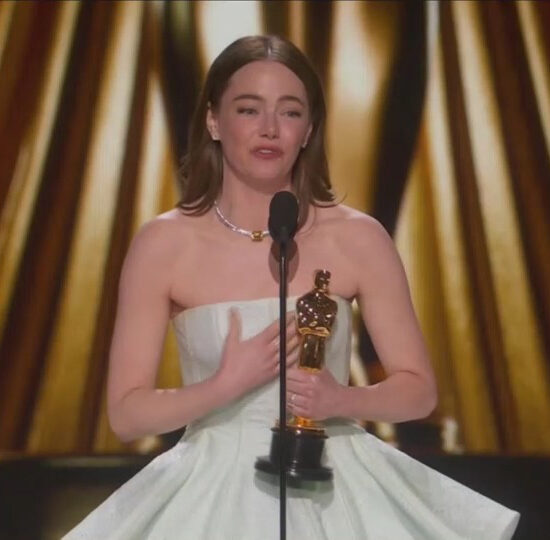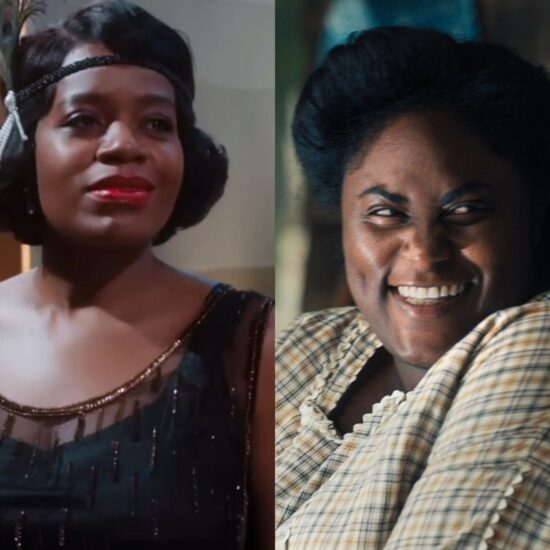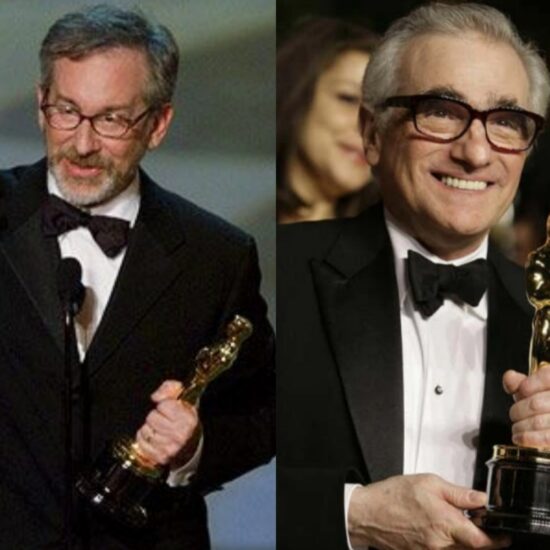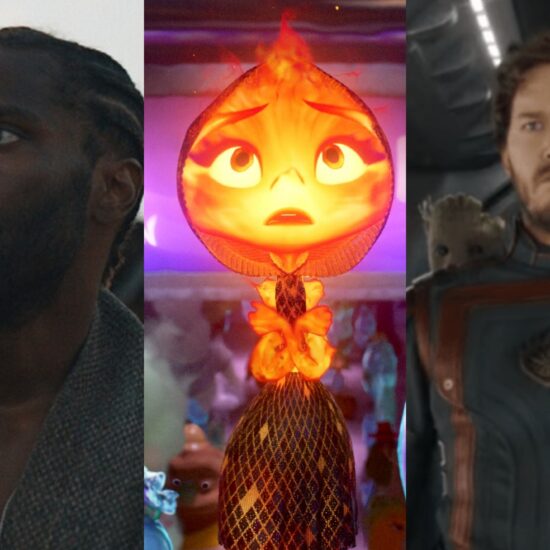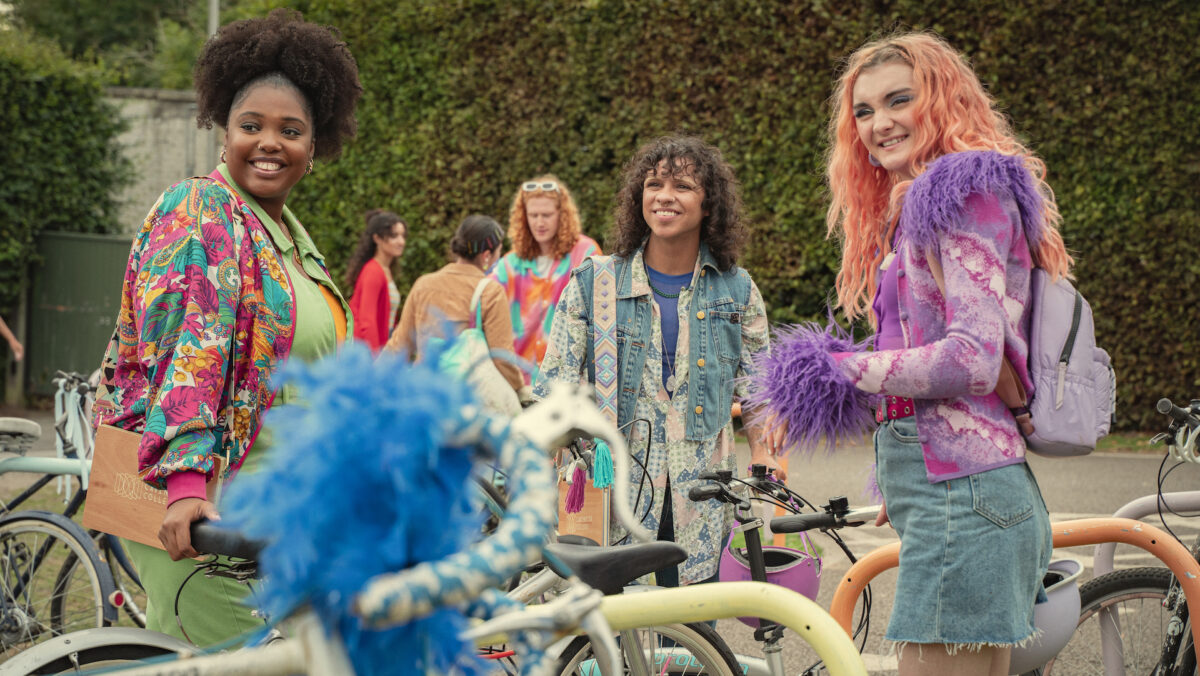
“Sex Education” was never about the sex.
Ever since its 2018 debut, Netflix’s raunchy teen comedy was first, foremost, and unflinchingly about friendship, love, and self-discovery. Otis’ journey (Asa Butterfield) in Season 1 is not sexual exploration with partners, but of unblocking his own difficulty with masturbation and finding his calling as the school’s sex therapist. Everything that came after (pun intended) — for all the characters, including the adults — followed suit.
The show spotlighted queer love from the start, with the out and proud Eric (Ncuti Gatwa), Otis’ best friend. Trials faced by Eric and the show’s growing cast of queer characters started with the familiar — daily homophobia, the anxiety of coming out — and went on to address more nuanced issues, like how different queer people understand each other, gender dysphoria, religion. The show’s fourth and final season sees a handful of previous regulars now attending the spectacularly queer Cavendish College, where the popular clique is ruled by a trans couple, Abbi (Anthony Alexa) and Roman (Felix Mufti).
In no indictment of either show, “Sex Education” Season 4 looks a whole lot like “Heartstopper,” Alice Oseman’s charming series (based on her graphic novel) that premiered on Netflix in 2022 (a tragically “Sex Ed”-free year). In “Heartstopper,” characters accept each other’s partners and pronouns without question, and though they still face pushback at school or home from other people in their lives, they have a safety net, a judgement-free bubble — the kind of chosen family that often take LGBTQ+ people years to find.
Netflix is the rare production house that can claim its allyship nearly from day one. “Orange is the New Black” premiered in 2013, a watershed series built around women, cultural minorities, and sexual fluidity. “Queer Eye” remains one of the streamer’s major hits, its success built on the audience trusting and loving the Fab Five. Even the cishet properties don’t necessarily stay that way, as with “To All the Boys” now extended into “XO, Kitty.” And the best part is, it’s tempting other streamers; Hulu had the heartwarming “Love, Victor” and HBO’s equivalent is the Max original “Our Flag Means Death.” It’s no coincidence that all the aforementioned shows have fiercely loyal fanbases, that teens are drawn to them without laborious pandering.

At Cavendish, nothing about anyone is scandalous (except maybe when Otis projects a dick pic to the school — and arguably the greater horror in that moment is not his public nudity, but his dismal grasp of technology). The sex therapist operates out of a school-sanctioned office rather than undercover in an abandoned toilet, and pronouns and preferences only matter if people feel like sharing them. Ruby (Mimi Keene) doesn’t bat an eye when she sees Cavendish’s cool clique, but only balks when she isn’t immediately invited to join it — and then makes it her mission to do so.
The fact that “Heartstopper” parallels “Sex Education” is indicative of Netflix and the overall streaming environments gentle progress; not only are there queer characters built into every cast, but their acceptance and triumph are foregone conclusions. There is no place for unsupportive families and communities, for schools and friends who can’t accept people. It might not be the universal case in the real world, but presents the kind of ideal that viewers can internalize and aspire to (let the record show that my colleague Ben Travers and I independently used the word “utopia”) — imitating the positive behavior they see on screen when they exit the viewing app.
A lot of characters on both shows are defined mostly by their romantic and sexual relationships, but it’s hard to fault series literally called “Heartstopper” and “Sex Education” for staying so true to their titles. Viewers can have faith that Cal (Dua Saleh) has more going on than their partners and their dysphoria, but these are prioritized for a reason. It’s hard to care about school, friends, or hobbies when you feel uncomfortable in your own skin — and “Sex Education” Season 4 illustrates that in no uncertain terms.
Watching Season 4, there is a slight sense that “Sex Education” wanted to tackle as much as it could for its last hurrah, packing in queer characters and stories and attempting to center disability and asexuality (there was an asexual character in Season 2, all but brushed aside). And the over-correction… is fine! What better response could there be for a show which missed the mark in representation than to try again and get it right? How novel, for a show already full of LGBTQ+ stories, to continue to add more!
Though the streamer scores high for diverse originals, Netflix has come under fire in the past for the treatment of ethnic minorities and LGBTQ+ community, and behind-the-scenes efforts at diversity and inclusion have yielded mixed results. Whether those succeed or not those, the content library inevitably reads like a reflection of company values. For every comedy special that punches down, there is a narrative series empathizing with and support queer characters, and the audience — a young, smart, emotionally intelligent audience keyed into the internet and popular culture — is paying attention. What they take away will matter most of all.
“Sex Education” is now streaming on Netflix.










